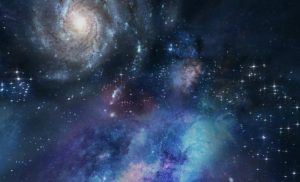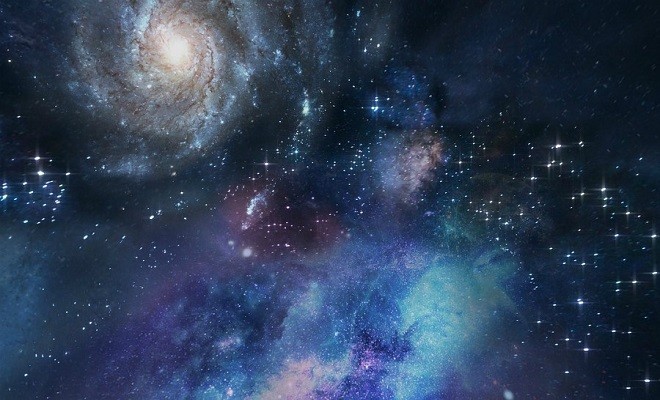The developed model simulates data just as an ordinary human brain recognises objects when specific neurons are activated

Researchers at the Lancastar University, UK have developed an Artificial Intelligence (AI) powered tool called DEEP-CEE (Deep Learning for Galaxy Cluster Extraction and Evaluation), that has the capability to instantaneously identify galaxy clusters simply by observing certain colour images.
Galaxy clusters represent the most extreme environments that galaxies can live in and studying them can provide a better understanding of the dark matter and the dark energy.
Neural networks in effect
Based on neural networks, the AI model was repeatedly shown examples of known, labelled objects in images until the built-in algorithm was able to learn to associate objects on its own.
Then the researchers ran a pilot study to test the algorithm’s ability to identify and classify galaxy clusters in images that contain many other astronomical objects.
John Stott, a researcher at the Lancaster University said that data mining techniques such as deep learning will help us to analyse the enormous outputs of modern telescopes. It is expected that this method can find thousands of clusters never seen before by science.
Assisting the highly advanced telescopes
New state-of-the-art telescopes have enabled astronomers to observe wider and deeper than ever before, such as studying the large-scale structure of the universe and mapping its vast undiscovered content.
By automating the discovery process, scientists can quickly scan sets of images, and return precise predictions with minimal human interaction.
The upcoming Large Synoptic Survey Telescope (LSST) sky survey will help image the skies of the entire southern hemisphere, thus generating an estimated 15 TB of data every night.
Matthew Chan, a PhD student at Lancaster University claimed that the Deep-CEE has been succesfully applied to the Sloan Digital Sky Survey. It is intended to run this model on LSST that will probe wider and deeper into regions of the Universe never before explored.
The above study was presented at the Royal Astronomical Society’s National Astronomy meeting that was held at the Lancaster University, UK.









